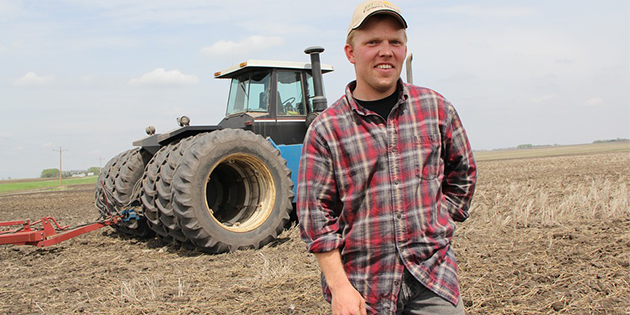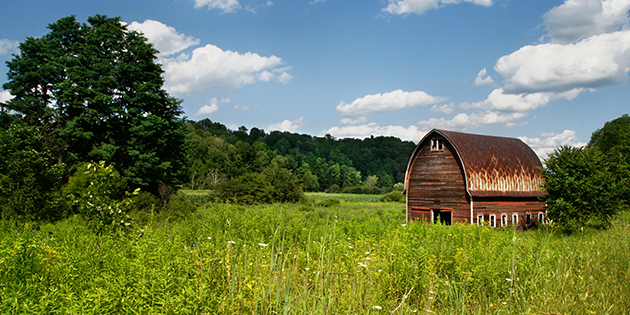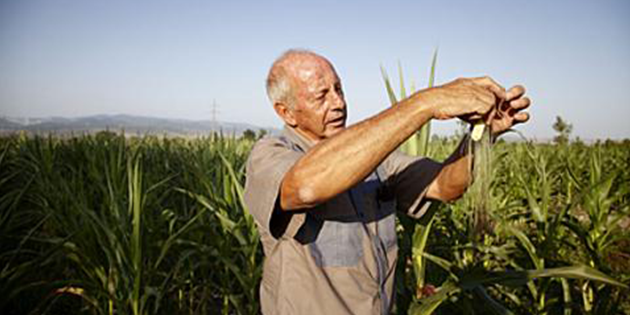Farmers and ranchers talk to one another. In fact, many times it is the referral of a fellow farmer or rancher that encourages a farmer or rancher to purchase a piece of equipment or invest in new Ag technology.
Since referrals can make a huge impact on your bottom line, it is important that you try to get as many as possible. So how can you encourage your customers to recommend your Ag business to their friends and family?
- Referral Bonuses. Referral bonuses are a great way to generate leads because who doesn’t want to earn extra money just for spreading the good word about a product or service they already use? Consider making referral bonus offers good for only a certain amount of time so that customers are less likely to forget to make a referral.
- Discounts for Social Media Shares. A small discount on products or services is a great incentive to encourage customers to share the good news about your business on social media. It takes almost no effort at all for a customer to like or share your Facebook page but it can pay off big for your business in the form of sales leads.
- Request that your current customers take a few of your business cards and refer others who may be interested in your business. And although it may seem obvious, it always helps to ask customers for referrals when they are particularly satisfied with your product or service!
- Give Samples. If you sell a particular Ag product, consider giving samples for your customers to pass out to friends and family.
- Practice Gratitude. When you do receive a referral, make sure to recognize and thank the customer who made that referral with a handwritten note or small token of your appreciation. Knowing that their efforts are appreciated will encourage customers to continue to make referrals.
- Do Unto Others. When possible, always refer your customers to other customers. When people know that you are referring customers to them they will be much more likely to do the same for you.
Finally, always offer outstanding customer service. Let’s face it, when customers are thrilled to work with you, they are going to want to share the good news. Providing your customers superior products and services coupled with great customer service is the best way to make sure they sing your praises—whether or not they have been asked!






